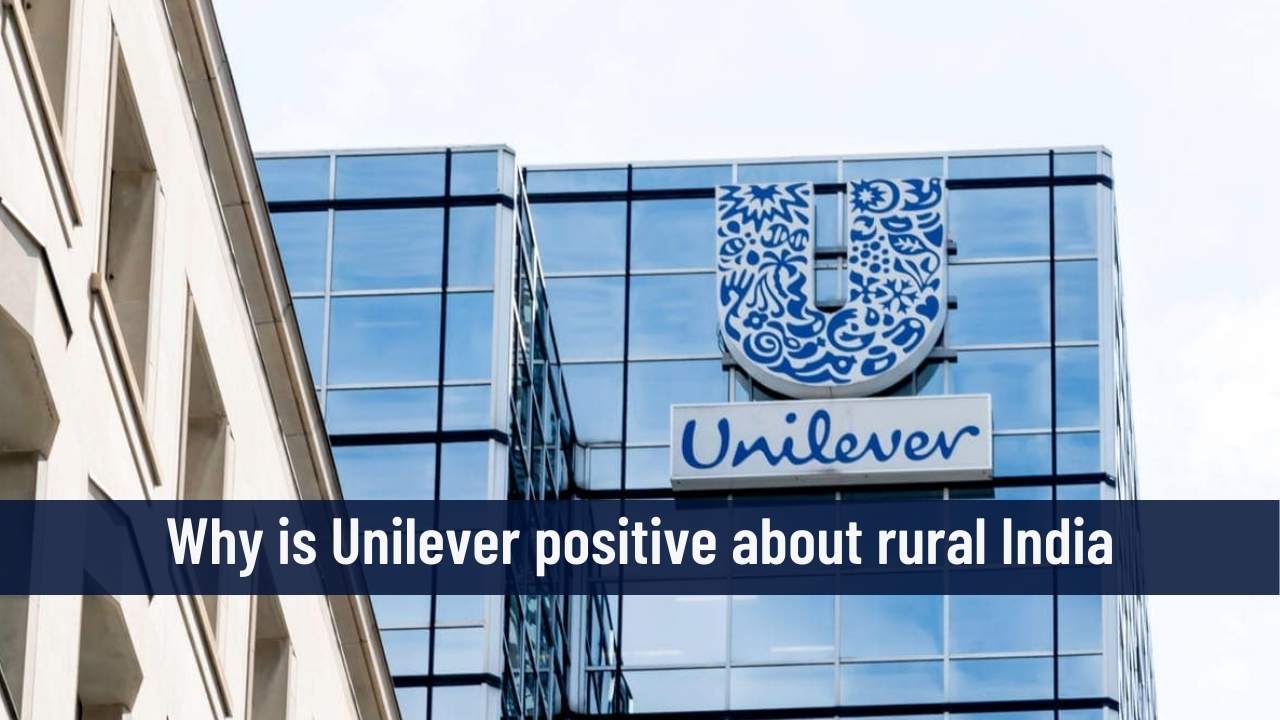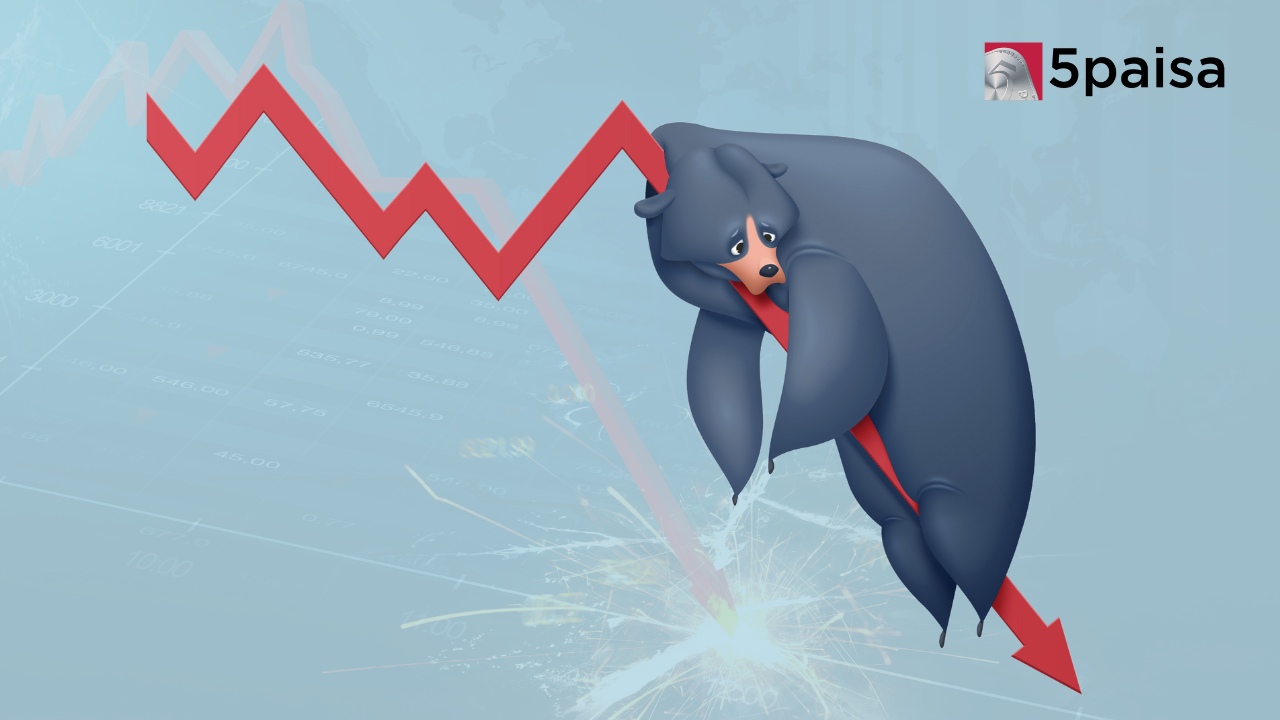NTPC Plans Nuclear Energy Project in Bihar to Boost Non-Fossil Portfolio
Why is Unilever so positive about rural India?

Last Updated: 12th December 2022 - 01:35 pm
For a long time, Hindustan Unilever has been a key contributor to the global influence of Unilever PLC. In the Indian market, Hindustan Unilever dominated businesses ranging from home care, to skin care to foods and has established clear leadership positions in each of them. Unilever is known globally for some of its unimpeachable brands. These include Ben and Jerry's ice cream, Dove skin care and the list can go on. Unilever has been on a price hike string to counter inflation, but it is here that it sees answers in rural India.
For instance, Unilever may have globally raised prices by more than 11% between April and June as inflation surged around the world. The situation has been evident in India also. As the world reels under the onslaught of commodity inflation and weak demand, apart from supply chain constraints, Unilever sees a lot of hope in stories like the recovery in rural India. After being among the worst afflicted by the slowdown in purchasing power, rural India is now back with a bang and that is he story that Unilever has been looking at.
To understand why Unilever is looking so closely at rural India as a case study, one needs to look at some of the macro numbers. For the first half of 2022 ended June, Unilever PLC reported total revenues of €29.6 billion which is a growth of 14.9% yoy. For the first half of 2022, Unilever reported operating profit of €4.5 billion. How did the regional growth look like. Sales in the US and India grew strongly between April and June, while sales were largely weighed down in China by lockdowns and shutdowns in their quest for zero COVID.
According its annual statement of analysis, Indian rural markets showed solid resilience in the face of higher commodity inflation as well as improved demand. The strong monsoons and the hopes of a good Kharif have been instrumental in boosting rural demand. Also, the measures taken by the government on the monetary and fiscal front have been largely the reason for the sharp fall in the levels of inflation. These two aspects put together ensured that rural demand was buoyant enough to sustain sales of Unilever India in a big way.
It needs no reiteration that Hindustan Unilever has been heavily counting on rural sales. In fact, rural sales account for close to 60% of the total sales mix of Hindustan Unilever and that proportion has been maintained. That has not only created an entry barrier and moat for the business model of Hindustan Unilever in India, but it has also ensured that the combination of rural and urban market shares, largely neutralizes and de-risks the business model substantially. They are able to weather demand and supply cycles better.
For Unilever, the revival of rural demand in the June quarter has been a classic case study on how a moat like what Hindustan Unilever has built in rural India can be an effective de-risking strategy. It is not just a play on agriculture but also on rising purchasing power as the government has been investing heavily in doubling farmer incomes in the last five years.
- Flat ₹20 Brokerage
- Next-gen Trading
- Advance Charting
- Actionable Ideas
Trending on 5paisa
Indian Market Related Articles
Disclaimer: Investment in securities market are subject to market risks, read all the related documents carefully before investing. For detailed disclaimer please Click here.
 5paisa Research Team
5paisa Research Team
 5paisa Research Team
5paisa Research Team




